Ataman Girisken
Year of birth: 1988
Where do you live: Istanbul, Turkey
Your education: MSc in Computer Science & Engineering, Queen Mary University of London
Describe your art in three words: Geometric, Subconscious, Fragmented
Your discipline: Digital visual art / generative art / interactive media
Website | Instagram
Your academic background is in computer science and engineering. How did this technical foundation influence your transition into the world of generative and interactive art?
My background in computer science gave me the tools to see code not just as logic, but as a medium. Algorithms, once abstract problem-solving mechanisms, became a language for creating organic systems, visuals, and experiences. This technical lens allows me to approach generative art structurally—thinking in terms of systems, feedback loops, and emergence—while also leaving space for unpredictability and emotion to surface through the code. This foundation also gives me the confidence to experiment deeply, knowing I can navigate both the technical challenges and artistic possibilities.
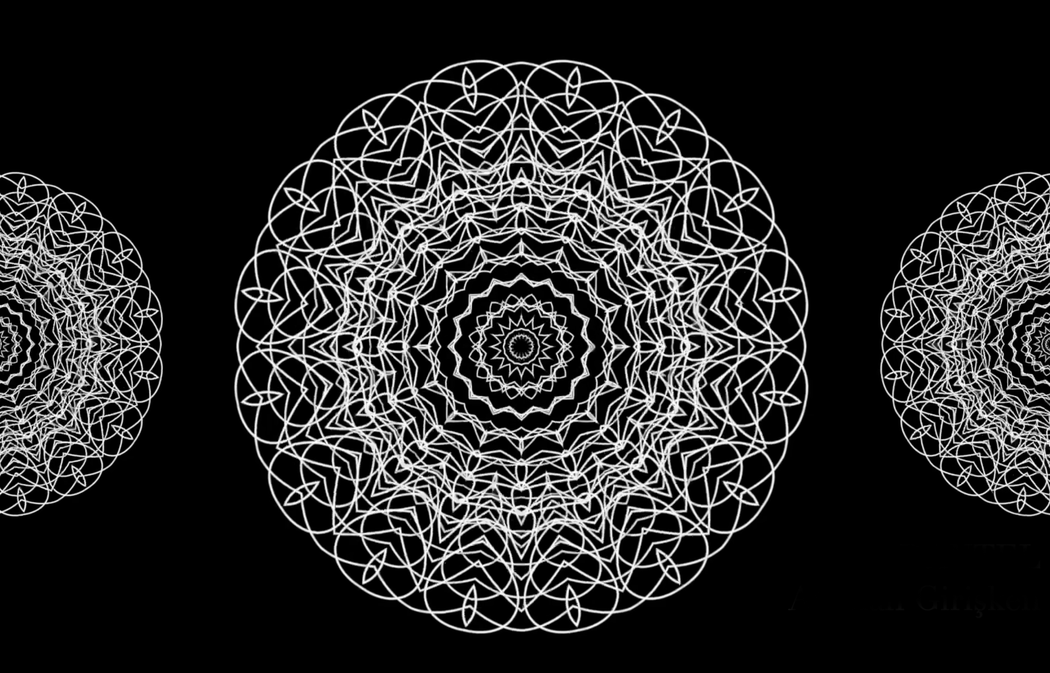 Ataman Girisken | Dantel | 2024
Ataman Girisken | Dantel | 2024
What inspired you to create Dantel, and how did the metaphor of lace emerge as a central theme in your work?
Dantel was born out of a desire to connect ancestral memory with digital aesthetics. Lace, or “dantel” in Turkish, is something I associate with my grandmother’s home—delicate, handmade, and filled with time. I became fascinated by its algorithmic nature: the repetitive patterns, the symmetry, the negative space. Its structure reminded me almost of the binary code—like the 0’s and 1’s that form the foundation of how computers work. This made lace a perfect metaphor for bridging tradition with contemporary generative systems.
You describe Dantel as a dialogue between memory and mathematics. Could you elaborate on how personal or collective memories are encoded into your generative systems?
I think of memory as pattern—sometimes repetitive, sometimes fragmented. In Dantel, I use techniques that mirror these traits. The rules behind the visuals are based on rhythms I associate with cultural rituals, weaving structures, and the repetitive precision found in traditional craft.
By drawing inspiration from inherited cultural forms and natural structures, I bring together the digital and the ancestral. These encoded references act as subtle triggers—viewers often project their own associations and memories onto the work. That creates a deeply personal experience, yet one that also speaks to a shared, collective memory. Each viewer brings their own associations to the work, making the experience personal, while the underlying cultural elements allow for a connection to shared memory.
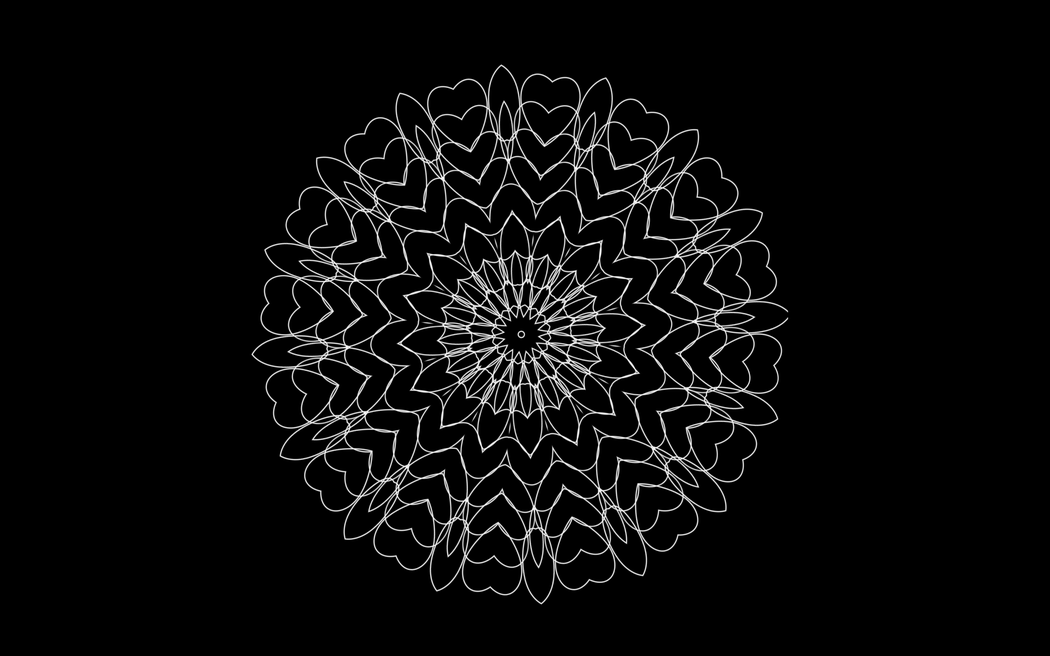 Ataman Girisken | Dantel | 2024
Ataman Girisken | Dantel | 2024
The visuals in Dantel are minimal yet deeply intricate. How do you balance mathematical precision with emotional depth in your work?
I aim for restraint in form but richness in motion. The mathematical systems give me control over structure, but I’m constantly looking for ways to break symmetry or introduce organic variation. Emotional depth emerges when the visuals feel alive—not just technically precise but breathing, trembling, evolving. That tension between order and chaos is where the work feels most human.
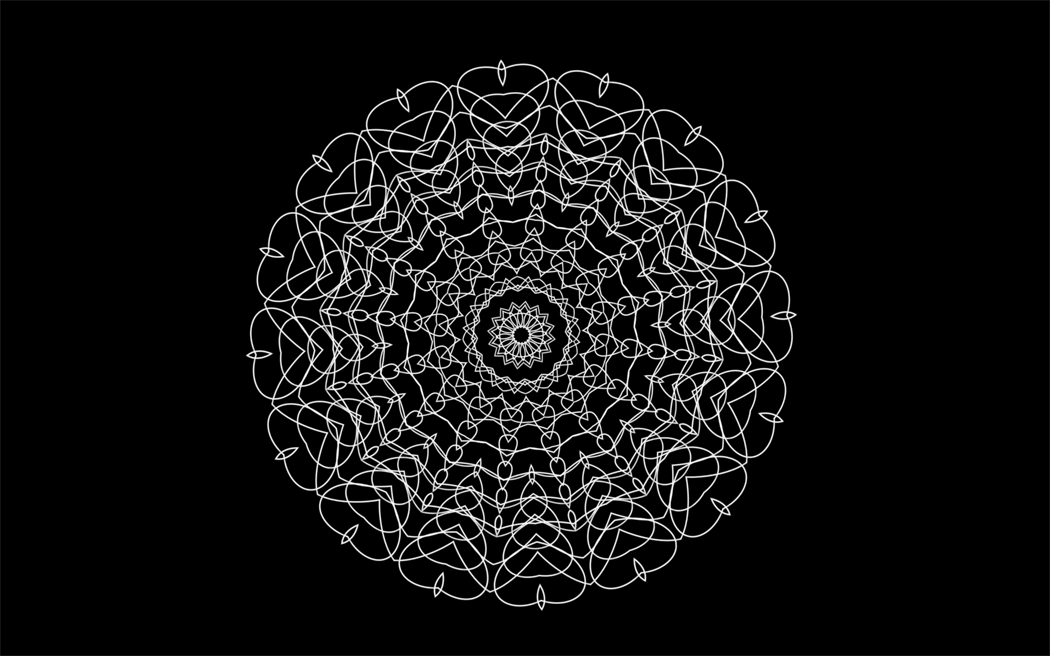 Ataman Girisken | Dantel | 2024
Ataman Girisken | Dantel | 2024
What role does performance (dance, theater) play in your creative process, especially when integrating your generative visuals into live settings?
Performance transforms the digital work from an object into an event. I’m drawn to the immediacy and vulnerability of the body in space. Collaborating with dancers and performers allows both the visuals and the performers to respond to each other in real time, creating a feedback loop between human movement and generative behavior.
I often try to ground the visuals through a specific, embodied moment—where the code doesn’t just react, but resonates with the performer. This moment of integration elevates the work: it’s no longer just about what’s seen or moved, but about how deeply the two forms—digital and physical—can listen to each other. The success of such collaborations depends on a shared sensitivity, a rhythm of mutual adaptation. When that harmony is achieved, the work gains its own rhythm and presence.
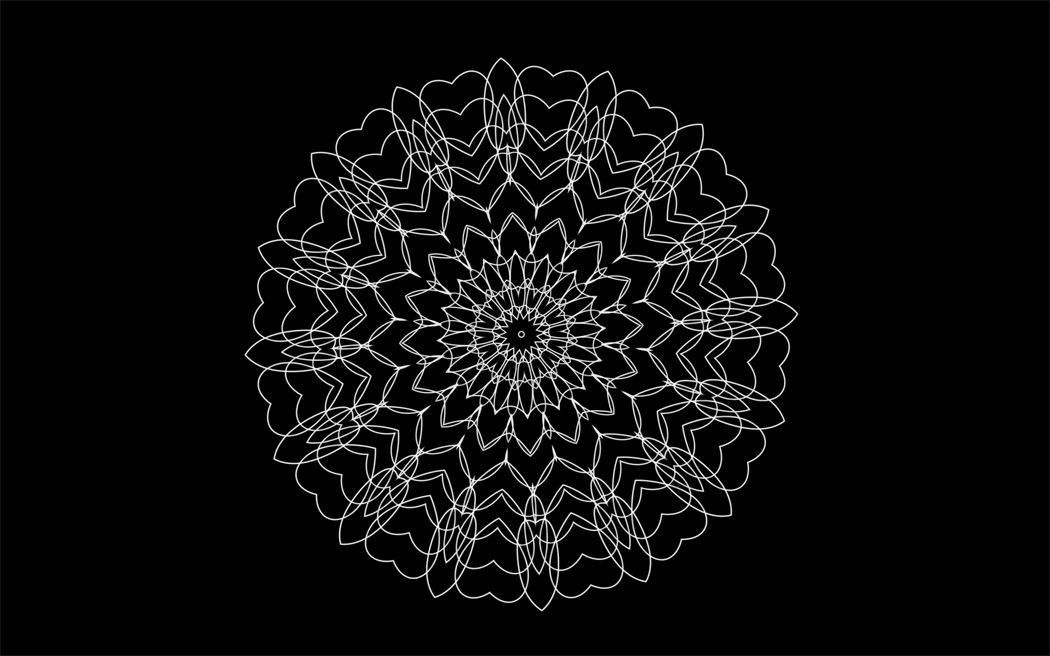 Ataman Girisken | Dantel | 2024
Ataman Girisken | Dantel | 2024
Your installations have been exhibited internationally—from London to Istanbul, Vienna to Athens. How do different audiences respond to your digital work? Have any reactions surprised you?
Audience responses often reflect cultural nuances—some viewers approach the work with analytical curiosity, trying to understand the system behind it, while others are drawn to its emotional or meditative qualities. What consistently surprises me is how digital visuals, even when abstract or minimal, can evoke such visceral emotions.
One person once said, “I didn’t know what those moving lines were, but they made me want to cry.” That kind of reaction stays with me. It reminded me that abstraction doesn’t limit emotional depth; in fact, it can open up space for deeply personal interpretations. When viewers project their own memories or emotions onto the work, it becomes a shared, silent conversation—one that transcends language, culture, or even understanding.
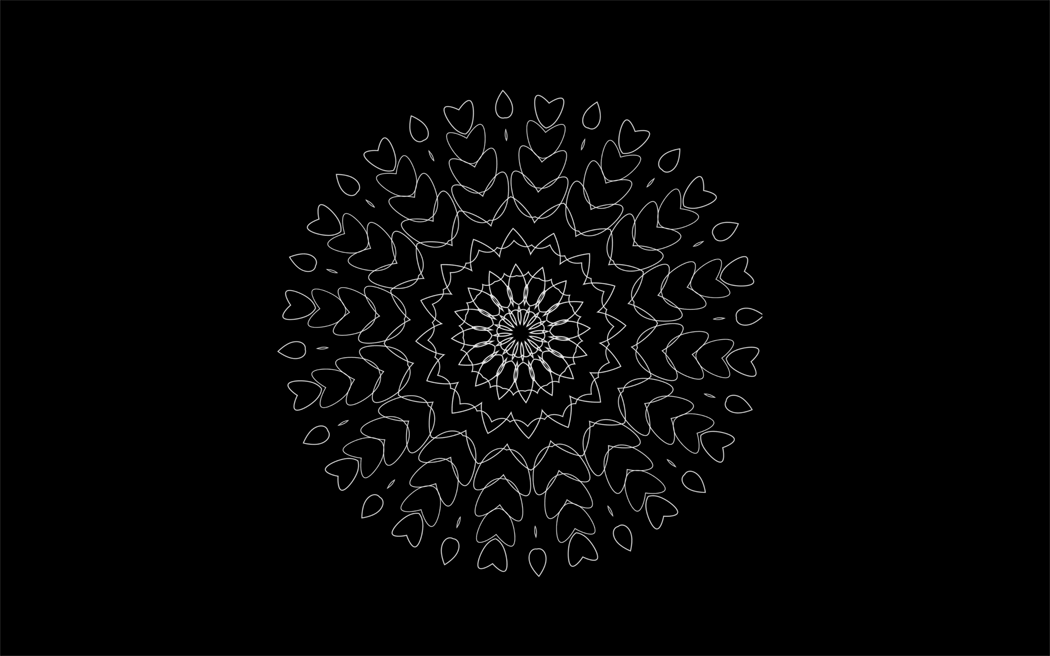 Ataman Girisken | Dantel | 2024
Ataman Girisken | Dantel | 2024
Do you approach your coding process as a form of artistic expression in itself, or is it purely a tool?
For me, coding is both medium and method. It’s where the conceptual framework and aesthetic intuition meet. I write and rewrite systems not just to make things “work,” but to make them “feel right.” There’s a poetics to the way the code unfolds—the tension between control and unpredictability.
I often work through trial and error, allowing the process itself to guide the outcome. Sometimes, it’s not until I break something or take a wrong turn that an unexpected visual or behavior emerges—something I couldn’t have planned. In that sense, coding becomes a collaborator. It’s not just a tool; it’s a partner in the creative process.

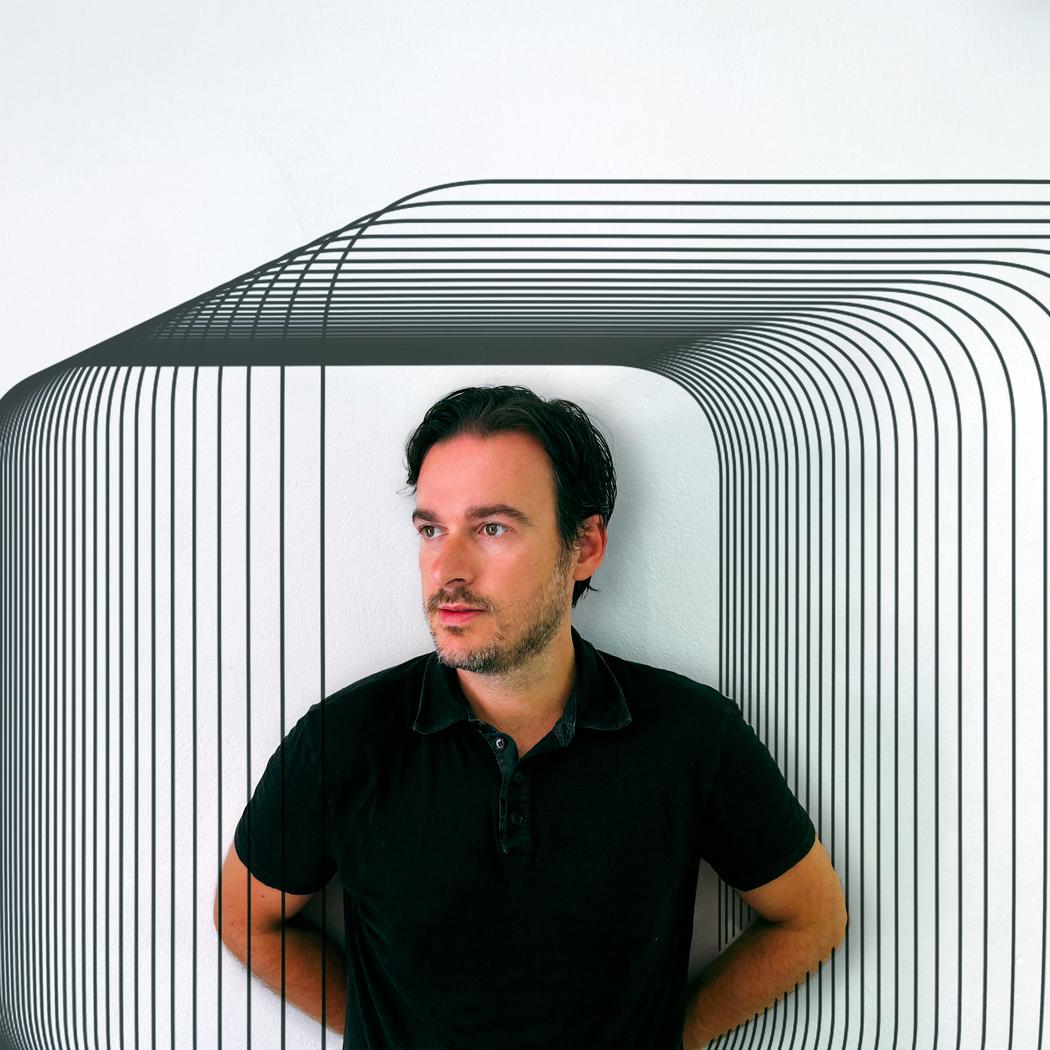
Leave a Reply